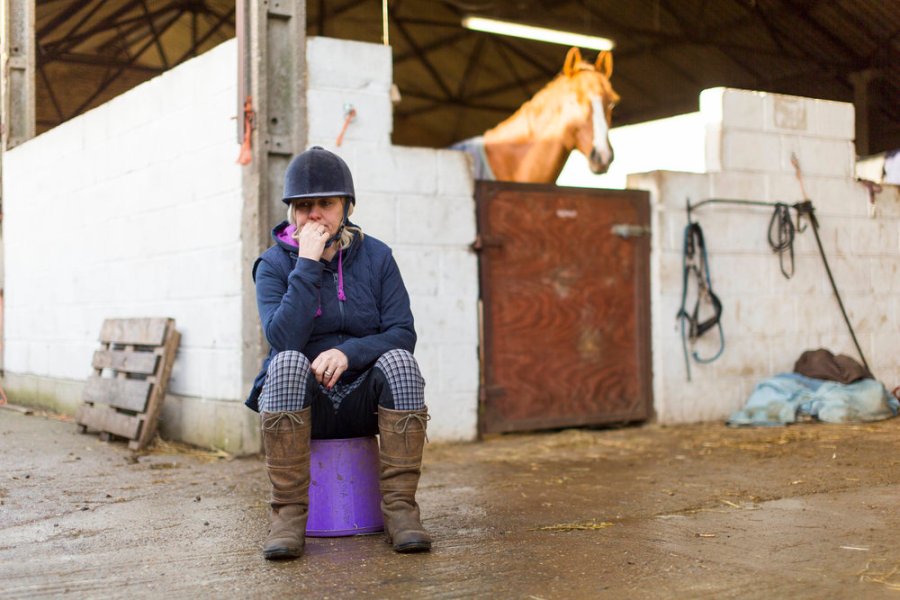A new national survey has revealed a “worrying” picture for horse owners due to cost of living crisis and the impacts of climate change. The National Equine Welfare Council has released the results from its latest cost of living survey, where more than 6,000 owners from across England, Wales, Scotland and Ireland responded.
Eighty one percent said they were concerned about the continued pressure of increased costs, and 39% said the crisis had had a medium or high impact on their ability to keep their horse and that they had had to make additional sacrifices just to provide basic care. 80% reported an increase in vets’ fees, farrier services (65%) and insurance providers (62%) and 20% had taken on another job or increased their hours to help pay for their horse’s care.
A small but significant number of owners (2%) also said they were considering relinquishing their horse to a charity due to the pressure of increased costs and 5% were considering euthanasia of their equine.
“I can’t afford to call vets out of hours anymore,” one anonymous respondent said. “I rent a field and can’t afford a proper horse shelter or stables. I can’t afford the farrier regularly anymore.” Another said: “Everything increased resulting in it becoming impossible to continue to keep my horse in work, so she’s now been retired to a field.” A third respondent said they had had to go without food to feed their horse every month.
Several highlighted that despite the pressures of increasing costs the value of horses to their mental health meant they weren’t prepared to give them up.
“I have less money than ever, I didn’t know I wouldn’t be able to work when I got my horse, now I’m going without food/ heating/ diesel to provide for him,” they said. “I have a life limiting illness which has brought on pretty severe mental health problems, as well as dire financial stresses. If I didn’t have him, I’d have no reason to live but I can’t afford him.”
For the first time this year, respondents in the free text sections also highlighted their concerns about climate change, the altering seasons, the impact of the bad weather over the winter on their grazing, and the resulting turnout challenges.
“We know from last year’s research that many owners were just about coping, all possible cost savings had already been made, so they really were feeling the pressure,” said Rebecca Boulert, Education Officer at World Horse Welfare, the equine charity coordinating this year’s survey.
“This year’s survey shows that these problems are just not going away. Owners’ main concerns for the coming year are how they are going to afford even essential items like vet costs, emergency care, feed and forage. For us as welfare organisations, it makes for very concerning reading, and of course as charities we are also facing increased costs and reducing donations. It’s a worrying picture.”
Despite this, there were some positive horse welfare outcomes reported, including horses being turned out for longer or full time which can be beneficial for both their physical and mental health, owners opting for testing-led worm control methods which are effective in tackling anthelmintic resistance in the equine parasite population, and many were using a forage-based, low concentrate feed which can satisfy their horse’s physiological and behavioural needs.
The 2024 survey was developed by members of the National Equine Welfare Council (NEWC) including World Horse Welfare, Redwings, Blue Cross, The British Horse Society, Bransby Horses and Oak Tree Animals Charity.
A tailored version of the survey targeting charities and other equestrian rescue centres was run concurrently to find out how the continuing cost of living crisis is affecting these types of organisations. It revealed a rise in operating costs against a fall in donations, with more welfare enquiries pointing at an increasing number of horses that will require their care.
The results of both surveys will be shared with the UK Government, Devolved Administrations, and local authorities to help inform their understanding of the situation as well as policy decisions, including potential financial support to those most in need.









